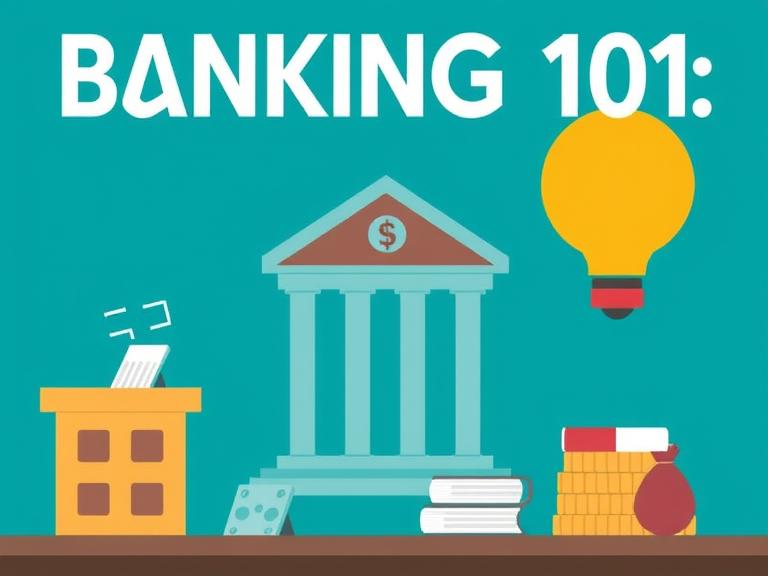Banking is an essential part of the modern financial landscape, influencing both personal finance and the broader economy. Understanding the fundamentals of banking can empower individuals to make informed financial decisions and effectively manage their resources. This article delves into the basics of banking, exploring its key components, functions, and the services it offers.

What is Banking?
Banking refers to the business of accepting deposits, safeguarding money, and providing loans. Banks act as financial intermediaries, facilitating the flow of money from savers to borrowers, thereby playing a crucial role in economic stability and growth.
Types of Banks
- Commercial Banks: These are the most common type of banks, providing services like accepting deposits, offering checking and savings accounts, and providing personal and business loans. They cater to individuals and businesses, ensuring the smooth operation of everyday financial transactions.
- Investment Banks: These banks specialize in services related to capital markets. They assist companies in raising capital through stock offerings, facilitate mergers and acquisitions, and provide advisory services for large-scale financial transactions.
- Central Banks: Central banks, such as the Federal Reserve in the United States, oversee the monetary system of a country. They manage currency issuance, maintain financial stability, and set interest rates to control inflation.
- Credit Unions: These are member-owned financial cooperatives that offer similar services to commercial banks but often at more favorable rates. Credit unions prioritize serving their members rather than generating profits.
Core Banking Services
- Deposit Accounts: Banks offer various types of deposit accounts, including checking, savings, and fixed deposits. Checking accounts provide easy access to funds for daily transactions, while savings accounts earn interest, encouraging individuals to save money.
- Loans and Credit: Banks provide loans for various purposes, including personal, home, auto, and business loans. Credit cards are another popular banking product, allowing consumers to borrow funds up to a certain limit for purchases.
- Payment Services: Banks facilitate the transfer of funds through various payment systems, including wire transfers, electronic funds transfers (EFT), and online payment services.
- Wealth Management and Investment Services: Many banks offer services to help individuals and businesses grow their wealth through investment products, such as stocks, bonds, mutual funds, and retirement accounts.
The Role of Technology in Banking
Technology has revolutionized banking, making it more accessible and efficient. Online and mobile banking platforms allow customers to manage their accounts, transfer money, and pay bills from anywhere. Additionally, advancements in financial technology (fintech) have introduced innovative services like peer-to-peer payments and digital wallets, further transforming the banking experience.
Importance of Banking Regulation
Banking regulation is crucial to ensure the safety and soundness of the financial system. Regulatory bodies set standards for banks to manage risks, maintain adequate capital, and protect consumers. These regulations help prevent financial crises and maintain public confidence in the banking system.
Conclusion
Understanding the basics of banking is vital for navigating the financial world effectively. By familiarizing themselves with different types of banks and the services they offer, individuals can make informed decisions that enhance their financial well-being. As technology continues to evolve, staying informed about changes in the banking sector will be essential for leveraging new opportunities and ensuring financial security.




